

Articles
How To Arrange A Large Living Room
Modified: October 20, 2024
Discover effective tips and ideas for arranging a large living room in this comprehensive articles guide. Maximize your space and create the perfect layout with our expert advice.
(Many of the links in this article redirect to a specific reviewed product. Your purchase of these products through affiliate links helps to generate commission for Storables.com, at no extra cost. Learn more)
Introduction
Arranging a large living room can be both exciting and challenging. On one hand, you have ample space to work with, allowing for endless possibilities in terms of furniture placement, creating zones, and incorporating various design elements. On the other hand, the vastness of the room can feel overwhelming, leaving you unsure of where to start and how to make the most of the space.
In this article, we will provide you with a comprehensive guide on how to arrange a large living room. We will walk you through the steps of assessing the space, creating functional zones, choosing the right furniture and its placement, considering traffic flow, utilizing vertical space, incorporating storage solutions, selecting a color scheme and accessories, lighting the space, and adding finishing touches.
By following these guidelines and implementing strategic design choices, you can transform your large living room into a harmonious and inviting space that suits your lifestyle and reflects your personal taste.
Key Takeaways:
- Creating functional zones, utilizing vertical space, and incorporating storage solutions are essential for arranging a large living room. These elements enhance functionality, organization, and visual appeal while maximizing the potential of the space.
- Carefully selecting furniture, considering traffic flow, and adding finishing touches such as lighting and accessories contribute to creating a harmonious and inviting living room. These steps help reflect personal style and meet lifestyle needs in a spacious area.
Read more: How To Arrange A Square Living Room
Assessing the Space
Before diving into arranging your large living room, it’s crucial to assess the space and understand its layout and potential. Start by taking measurements of the room, noting the dimensions, ceiling height, and any architectural features or obstacles such as windows, doors, and fireplaces. This information will guide your decisions when selecting furniture and determining their placement.
Next, consider the natural light sources in the room. Take note of where the windows are located and how much natural light they bring in throughout the day. This will help you determine which areas of the room can benefit from additional lighting or whether you need to be mindful of glare or excessive sunlight.
Additionally, assess the overall layout and flow of the room. Pay attention to the entry points and pathways within the space. This will help you determine how to arrange furniture to maximize traffic flow and ensure easy movement throughout the room.
Lastly, take into account the room’s focal points. Identify any architectural elements or existing features that can be highlighted or utilized in your design. This can include a fireplace, large windows with a scenic view, or unique architectural details. Understanding these focal points will help you create a cohesive and visually appealing arrangement.
By thoroughly assessing the space, you can gain a clear understanding of its layout, strengths, and limitations, enabling you to make informed decisions when arranging your large living room.
Creating Zones
One of the key aspects of arranging a large living room is creating functional zones within the space. This allows you to define different areas for specific activities or purposes, making the room more versatile and organized. Here are some ideas for creating zones in your large living room:
- Seating Area: Start by defining a central seating area where you and your guests can relax and socialize. Choose a focal point, such as a fireplace or a large window, and arrange your main seating pieces around it. Consider incorporating a sofa, chairs, and a coffee table to create a comfortable and inviting space.
- Entertainment Area: If you enjoy watching TV or playing video games, consider creating an entertainment zone. This can be centered around a media console or a wall-mounted TV. Arrange your seating and media equipment in a way that allows for comfortable viewing and easy access to any audiovisual equipment.
- Dining Area: If you have enough space, consider incorporating a dining area within your large living room. This can be achieved by placing a dining table and chairs in a corner or against a wall. Make sure there is enough space for people to move around the dining area without disturbing other zones.
- Workspace: If you work from home or need a dedicated space for studying, carve out a small workspace in your living room. This can be a desk placed against a wall or a compact workstation tucked away in a corner. Make sure to have proper lighting and storage solutions to keep your workspace organized.
- Reading Nook: Create a cozy reading nook by placing a comfortable armchair or chaise lounge near a window or in a quiet corner of the room. Add a side table or a bookshelf for easy access to your favorite books and reading materials.
- Children’s Play Area: If you have children, consider dedicating a portion of the room as a play area. Use colorful rugs, storage bins for toys, and child-sized furniture to create a fun and functional space for your little ones.
By creating distinct zones within your large living room, you can enhance its functionality and cater to different activities or needs. This allows for a more organized and purposeful use of the space while maintaining a cohesive and visually pleasing overall design.
Choosing the Right Furniture
When arranging a large living room, selecting the right furniture is crucial in creating a harmonious and balanced space. Here are some key considerations when choosing furniture for your large living room:
- Scale and Proportion: Take into account the size of your living room and choose furniture that is proportionate to the space. Opt for larger, statement pieces for spacious living rooms to fill out the room without overwhelming it. Similarly, choose smaller-scale furniture for smaller areas within the room.
- Functionality: Determine how you plan to use the space and select furniture that fits your needs. Consider pieces with built-in storage, such as ottomans or coffee tables with hidden compartments, to maximize space and keep things organized.
- Comfort: Ensure that the furniture you choose is comfortable and inviting. Look for plush cushions, supportive seating, and high-quality materials that will withstand frequent use and provide optimal comfort for you and your guests.
- Style and Aesthetic: Choose furniture that complements your personal style and the overall aesthetic of the room. Whether you prefer modern, minimalist, traditional, or eclectic designs, select pieces that align with your desired look and feel.
- Versatility: Opt for furniture pieces that can serve multiple purposes or be easily reconfigured. This allows you to adapt the space as needed for different activities or when entertaining guests.
- Coordinating Pieces: Create a cohesive look by selecting furniture pieces that coordinate well with each other. Consider factors such as color, material, and design elements to ensure a harmonious and visually pleasing arrangement.
Remember to leave enough space between furniture pieces to allow for comfortable movement and to prevent the room from feeling cluttered. If your living room is exceptionally large, consider adding additional seating options such as accent chairs, benches, or a sectional sofa to fill out the space and create more intimate seating areas.
By carefully considering these factors and selecting furniture that fits your specific needs and style, you can create a visually appealing and functional arrangement in your large living room.
Furniture Placement
Once you have chosen the right furniture for your large living room, the next step is to strategically arrange the pieces to optimize the space and create a cohesive layout. Here are some tips for furniture placement:
- Establish a Focal Point: Determine a focal point in the room, such as a fireplace, large window, or a prominent piece of artwork. Arrange your main seating area around this focal point to create a visually appealing and inviting space.
- Create Conversation Areas: Arrange furniture pieces in a way that encourages conversation and social interaction. Group seating pieces together to create intimate conversation areas, with chairs and sofas facing each other.
- Consider Traffic Flow: Ensure that there is enough space for easy movement and clear pathways in the room. Avoid blocking doorways or creating obstacles that impede traffic flow. Arrange furniture in a way that allows for smooth movement throughout the space.
- Balance and Symmetry: Achieve balance and symmetry by placing furniture symmetrically around the room. This creates a sense of harmony and visual balance. However, don’t be afraid to introduce asymmetry for added interest and visual appeal.
- Utilize corners: Make use of the corners in your living room by placing furniture pieces against them. This maximizes space and creates a cozy and inviting nook. Consider corner shelves or a reading chair for added functionality.
- Float Furniture: In larger living rooms, consider floating furniture away from the walls to create a more intimate and cozy seating arrangement. This can be achieved by placing sofas and chairs facing each other with a coffee table in the center.
- Vary Heights: Add visual interest by incorporating furniture with varying heights. Mix tall items, such as bookcases or floor lamps, with low-profile pieces like ottomans or side tables, to create dimension in the room.
Remember to leave enough space between furniture pieces to maintain an open and airy feel. This will prevent the room from feeling overcrowded and allow for easy movement and interaction.
Experiment with different furniture arrangements to find the layout that best suits your needs and enhances the functionality of the space. Don’t be afraid to make adjustments and try different configurations until you achieve the perfect furniture placement in your large living room.
Read more: How To Arrange Living Room With TV
Considering Traffic Flow
When arranging furniture in your large living room, it’s important to consider traffic flow to ensure easy movement and accessibility throughout the space. Here are some tips to optimize traffic flow in your living room:
- Clear Pathways: Identify the main entryways and pathways in your living room and keep them clear of obstacles. Avoid placing furniture or decorative items in a way that blocks the entry and exit points, as this can create a sense of congestion.
- Create Flow Zones: Divide your living room into distinct flow zones to guide movement and streamline traffic. This can be achieved by arranging furniture in clusters or groupings, leaving designated spaces for people to walk through.
- Consider Functionality: Arrange your furniture in a way that supports the intended functionality of the space. For example, if you have a dedicated entertainment area, make sure there is enough space for people to move around and access the TV or media equipment easily.
- Maintain Adequate Spacing: Allow for enough space between furniture pieces to provide comfortable pathways. Aim for at least 2-3 feet of clearance between sofas, chairs, and coffee tables to ensure smooth movement.
- Account for Door Swings: Take into consideration the swing of doors and position furniture accordingly. Make sure that doors can open and close freely without being obstructed by nearby furniture.
- Consider Circulation Patterns: Observe the natural circulation patterns in your living room and work with them when arranging furniture. Take note of frequently used paths and make sure they are clear and unobstructed.
- Avoid Cluttered Areas: Be mindful of not overcrowding certain areas of the room, especially near entrances or high-traffic spots. Keep these areas clear and open to maintain a sense of spaciousness and ease of movement.
By considering traffic flow when arranging furniture in your large living room, you can create a functional and efficient space where movement is fluid and unobstructed. This will contribute to a more enjoyable and comfortable living experience for you and your guests.
Consider creating multiple seating areas within the large living room to make the space feel more intimate and functional. Use area rugs and furniture placement to define each area and create a cohesive design.
Utilizing Vertical Space
When arranging a large living room, it’s important to not only consider the floor space but also make use of the vertical space available. Utilizing vertical space not only adds visual interest but also maximizes storage options and creates a sense of airiness. Here are some ideas for utilizing vertical space in your living room:
- Wall-Mounted Shelves: Install wall-mounted shelves to display decor items, books, and personal collections. This not only adds vertical storage but also creates a visually appealing focal point on empty walls.
- Floor-to-Ceiling Bookshelves: If you have a large collection of books or want to showcase your favorite items, consider installing floor-to-ceiling bookshelves. This provides ample storage while adding an architectural element to the room.
- Hanging Planters: Add greenery to your living room by hanging plants from the ceiling or using wall-mounted planters. This not only adds a touch of nature but also utilizes vertical space effectively.
- Artwork and Mirrors: Hang large-scale artwork or mirrors on walls to draw the eye upward and make the room appear taller. This not only adds visual interest but also creates the illusion of a larger space.
- Ceiling-Mounted Lighting: Install pendant lights or chandeliers from the ceiling to illuminate the room and free up floor space. This adds a layer of light and enhances the visual appeal of the room.
- Utilize Tall Furniture: Incorporate tall furniture pieces, such as bookcases, armoires, or etageres, to add vertical storage and visual interest. These pieces can double as display areas for decor items or additional storage for various items.
- Vertical Wall Decor: Hang vertical artwork, tapestries, or other wall decor to create a sense of height in the room. This can visually elongate the space and make it feel more balanced.
By utilizing vertical space in your large living room, you can maximize storage options, add visual interest, and create a sense of expansiveness. Remember to strike a balance between functional storage and aesthetic appeal to achieve a harmonious and well-utilized vertical space.
Incorporating Storage Solutions
Storage is essential in any living room, especially in a large space where you have more items to organize and store. Effectively incorporating storage solutions not only helps keep your living room organized but also enhances the functionality and aesthetic appeal of the space. Here are some ideas for incorporating storage solutions in your large living room:
- Multi-Functional Furniture: Choose furniture pieces that serve dual purposes, such as ottomans with hidden storage or coffee tables with built-in drawers. These pieces not only provide extra storage but also function as practical and stylish additions to your living room.
- Wall-Mounted Cabinets: Install wall-mounted cabinets or sideboards to gain additional storage space while minimizing floor clutter. These cabinets can be used to store electronics, board games, or other items that you want to keep out of sight.
- Open Shelving: Consider incorporating open shelving units to display decorative items, books, or even storage baskets. This adds a touch of visual interest and allows for easy access to frequently used items.
- Built-In Cabinets: If you’re looking for a more permanent solution, consider installing built-in cabinets or bookshelves. These provide ample storage space and can be customized to fit the specific layout and design of your living room.
- Storage Baskets and Bins: Utilize storage baskets and bins to corral smaller items and keep them organized. Place them on shelves, under coffee tables, or in open cabinets for easy access and a streamlined look.
- Vertical Storage: Make use of vertical space by incorporating tall storage options, such as floor-to-ceiling bookcases or wall-mounted storage cubes. These provide ample storage space without taking up too much floor space.
- Hidden Storage: Look for furniture with hidden storage compartments, such as sofas with built-in drawers or beds with under-bed storage. These hidden storage solutions are perfect for storing extra blankets, pillows, or other items you want to keep out of sight.
- Floating Shelves: Install floating shelves on empty walls to create additional storage space for books, decor items, or personal belongings. This not only adds storage but also enhances the visual appeal and gives your living room a personalized touch.
By incorporating storage solutions in your large living room, you can keep your space organized, maintain a clutter-free environment, and make the most of the available space. Remember to choose storage solutions that fit your style and design preferences while serving their practical purpose.
Selecting Color Scheme and Accessories
The color scheme and accessories you choose play a significant role in the overall look and feel of your large living room. They can set the mood, enhance the aesthetic appeal, and tie everything together. Here are some tips for selecting a color scheme and choosing accessories for your living room:
- Consider the Overall Style: Determine the style or theme you want to achieve in your living room. Whether it’s traditional, contemporary, eclectic, or minimalist, choose a color scheme that aligns with that particular style.
- Choose a Base Color: Start by selecting a base color that will serve as the foundation for your color scheme. This can be a neutral shade such as beige, gray, or white, which allows for versatility and ease in incorporating other colors.
- Add Accent Colors: Once you have chosen a base color, introduce accent colors to add visual interest and personality to your living room. Consider using complementary or contrasting colors to create a dynamic and vibrant space.
- Consider the Mood: Think about the mood or atmosphere you want to create in your living room. Lighter, cooler colors such as blues and greens can evoke a sense of calm and tranquility, while warmer colors like oranges and yellows can create a cozy and inviting ambiance.
- Texture and Pattern: Incorporate various textures and patterns in your accessories to add depth and visual appeal. Consider using different fabrics, such as velvet, linen, or leather, and mix patterns like stripes, florals, or geometric designs to create a visually interesting space.
- Art and Decorative Pieces: Use art and decorative pieces to add personality and style to your living room. Hang artwork or photographs that reflect your interests or showcase your favorite memories. Display decorative items, such as vases, sculptures, or candles, to add a personal touch.
- Area Rugs: Use area rugs to define different zones within your living room and create visual separation. Choose rugs that complement the color scheme and style of the room while providing comfort and coziness underfoot.
- Window Treatments: Select window treatments that not only enhance the aesthetics but also provide privacy and control the amount of natural light entering the room. Consider curtains, blinds, or shades in colors that complement the overall color scheme of the space.
- Personal Touches: Infuse your living room with personal touches that reflect your interests and tell your story. Display cherished items, travel souvenirs, or family heirlooms to create a space that is uniquely yours.
By carefully selecting a color scheme and choosing accessories that reflect your style and personality, you can create a visually appealing and inviting space in your large living room. Remember to strike a balance between colors, textures, and patterns to ensure a cohesive and harmonious design.
Read more: How To Arrange Recliner In Living Room
Lighting the Space
Proper lighting is essential in any living room, and in a large space, it becomes even more important to create a well-lit and inviting atmosphere. Here are some tips for effectively lighting your large living room:
- Natural Light: Take advantage of natural light by maximizing the amount of sunlight that enters the room. Keep windows uncovered or opt for sheer curtains that allow light to filter in while maintaining privacy.
- Ambient Lighting: Install overhead lighting fixtures such as chandeliers or pendant lights to provide general ambient lighting. Make sure to choose fixtures that are proportionate to the size of your living room to ensure proper illumination.
- Task Lighting: Incorporate task lighting in areas where specific tasks are performed, such as reading, working, or cooking. Use floor lamps, table lamps, or adjustable wall sconces to provide focused and adjustable lighting for these activities.
- Accent Lighting: Use accent lighting to highlight architectural features, artwork, or decorative elements in your living room. Use recessed spotlights, track lighting, or picture lights to draw attention to these focal points and create a dramatic effect.
- Floor Lamps: Place tall floor lamps strategically throughout the room to provide additional points of illumination and to create a layered lighting effect. Floor lamps can also add visual interest and serve as decorative elements themselves.
- Dimmers: Install dimmers on overhead lighting fixtures to have control over the intensity of the light in your living room. Dimmers allow you to adjust the lighting according to different activities or moods, providing flexibility and creating ambiance.
- Natural Lighting Fixtures: Consider incorporating natural lighting fixtures, such as skylights or light tubes, to bring in more natural light into the room. These fixtures can add a unique and refreshing element to your living room.
- Lighting Layers: Use a combination of different lighting sources to create layers of light in your living room. By combining ambient, task, and accent lighting, you can achieve a balanced and well-lit space with varying levels of brightness.
- Smart Lighting: Explore smart lighting options that can be controlled remotely or through voice commands. This allows you to adjust the lighting in your living room with ease and create different lighting scenes for various activities or occasions.
By incorporating a variety of lighting sources and techniques, you can create a well-lit and visually appealing living room. Remember to consider the function of the space, the activities that will take place, and the desired mood when choosing and arranging lighting fixtures in your large living room.
Adding Finishing Touches
Once you have arranged the furniture, selected the color scheme, incorporated storage solutions, and established the lighting in your large living room, it’s time to add the finishing touches to complete the space. Here are some ideas to enhance the overall look and feel of your living room:
- Throw Pillows and Blankets: Add comfort and style to your seating areas by incorporating throw pillows and blankets. Choose ones that complement your color scheme and add texture and visual interest to the room.
- Window Treatments: Dress up your windows with curtains, blinds, or shades that complement the overall design of the living room. Consider adding decorative curtain rods or tiebacks to elevate the look.
- Decorative Wall Art: Hang artwork, photographs, or decorative mirrors on the walls to create a focal point and add personality to the space. Mix and match different sizes and styles to create an eclectic and visually engaging gallery wall.
- Accent Rugs: Place accent rugs in specific areas of the room to define different zones and add warmth and texture to the space. Choose rugs that complement the color palette and style of your living room.
- Greenery and Plants: Bring life and freshness to your living room by incorporating houseplants or fresh flowers. Choose plants that thrive in indoor conditions and add them to shelves, side tables, or plant stands.
- Personal Touches: Display personal items, such as family photographs, travel souvenirs, or sentimental decor pieces, to infuse your living room with a sense of personality and make it feel like home.
- Statement Furniture: Consider adding a statement piece of furniture, such as a unique accent chair, a bold-colored sofa, or a distinctive coffee table, to create a focal point and add character to the space.
- Candles and Lighting Accessories: Incorporate candles, lanterns, or string lights to add a cozy and inviting ambiance to your living room. These lighting accessories can create a warm and relaxed atmosphere, especially in the evenings.
- Bookshelf Styling: Style your bookshelves with a mix of books, decorative items, and personal mementos. Arrange them in an organized and visually appealing manner to add visual interest and showcase your interests.
- Area Rugs: Add a finishing touch to your living room by layering area rugs in different textures and patterns. Place them strategically under furniture pieces to anchor the space and add warmth to bare floors.
By adding these finishing touches, you can elevate the overall look and feel of your large living room. Experiment with different elements and find the right balance that reflects your personal style and creates a welcoming and inviting space for you and your guests to enjoy.
Conclusion
Arranging a large living room can be a thrilling project that allows you to create a harmonious and functional space that reflects your style and meets your needs. By following the steps outlined in this guide, you can achieve a well-designed and inviting living room that maximizes the potential of your spacious area.
Start by assessing the space to understand its layout, natural lighting, and focal points. This information will guide your furniture selection and placement decisions. Create functional zones within the room to cater to different activities such as seating areas, entertainment areas, and workspace.
Choose the right furniture that is proportionate to the size of the room and consider its functionality, comfort, and style. Pay attention to furniture placement to create conversation areas, maintain traffic flow, and achieve balance and symmetry.
Utilize vertical space effectively by incorporating storage solutions, such as wall-mounted shelves, floor-to-ceiling bookshelves, and hidden storage options. This helps to keep your living room organized and clutter-free, making the most of the available space.
Select a color scheme and accessories that enhance the aesthetic appeal of the room and reflect your personal style. Pay attention to lighting by incorporating various lighting sources to create different layers of light, including ambient, task, and accent lighting.
Lastly, add the finishing touches that bring personality and warmth to your living room. Consider elements like throw pillows, window treatments, decorative wall art, and personal memorabilia to create a space that feels uniquely yours.
By following these guidelines and infusing your creativity, you can transform your large living room into an inviting and functional space that suits your lifestyle and reflects your personal taste. Enjoy the process of arranging your living room and embrace the endless possibilities that a spacious area offers.
Frequently Asked Questions about How To Arrange A Large Living Room
Was this page helpful?
At Storables.com, we guarantee accurate and reliable information. Our content, validated by Expert Board Contributors, is crafted following stringent Editorial Policies. We're committed to providing you with well-researched, expert-backed insights for all your informational needs.
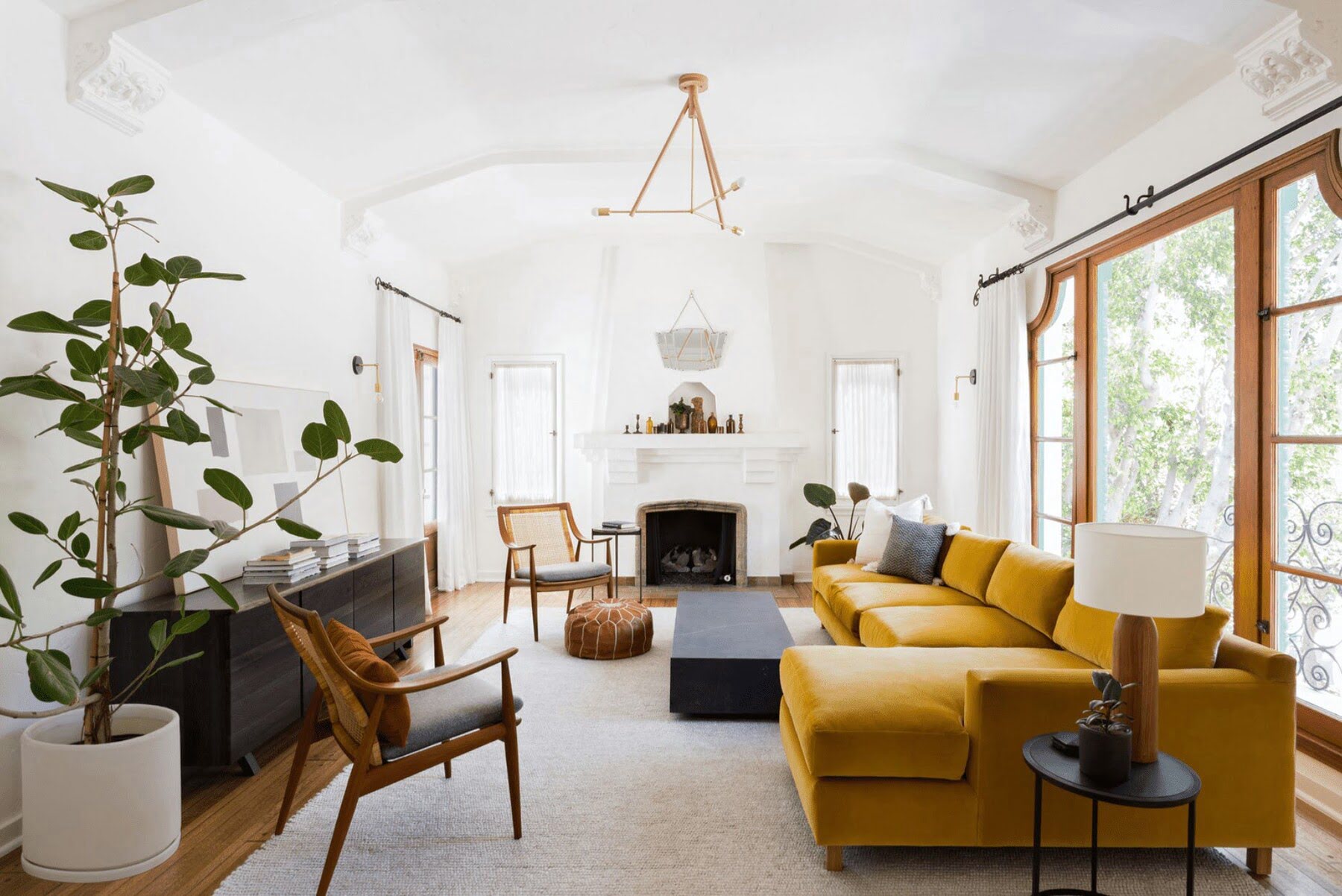
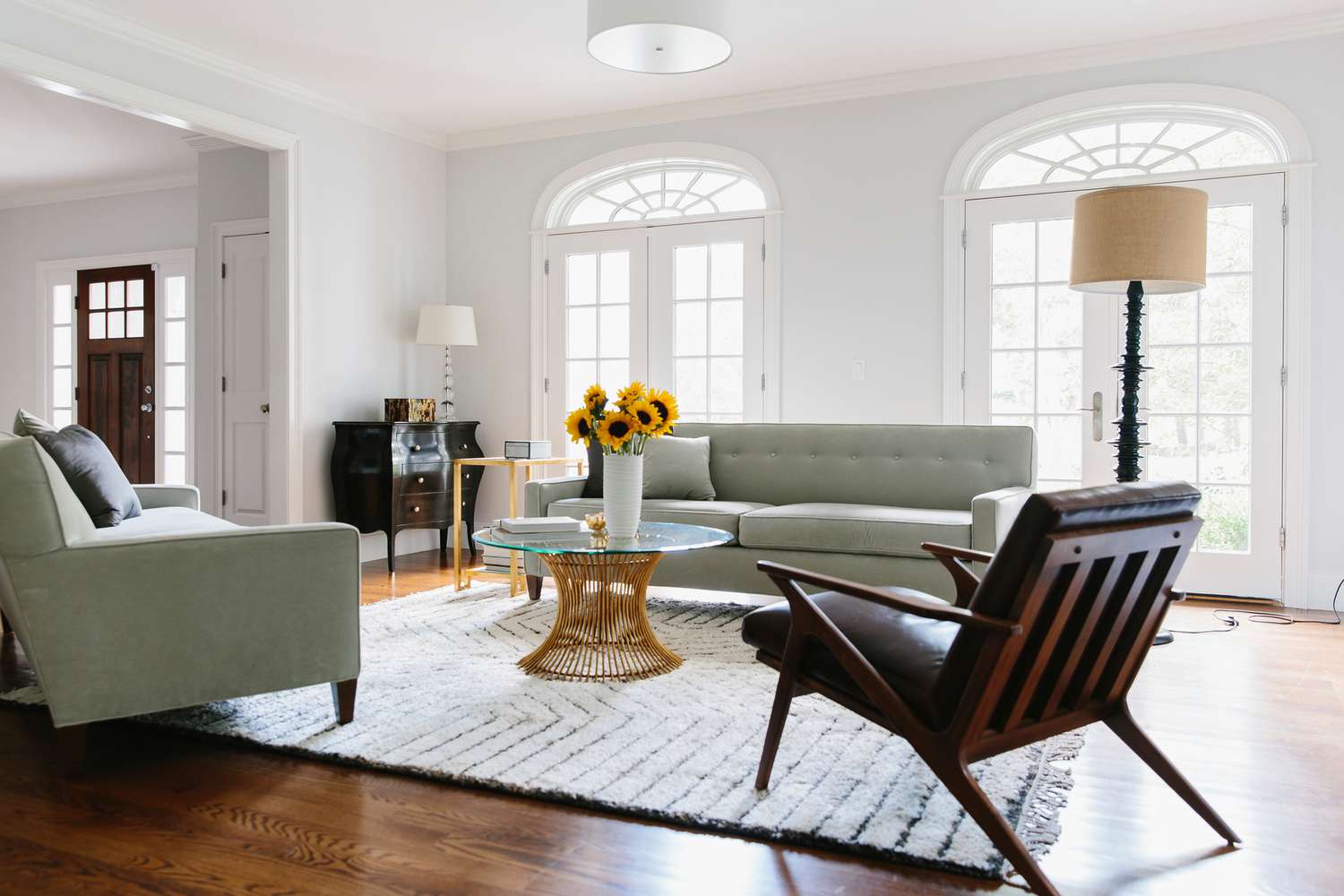
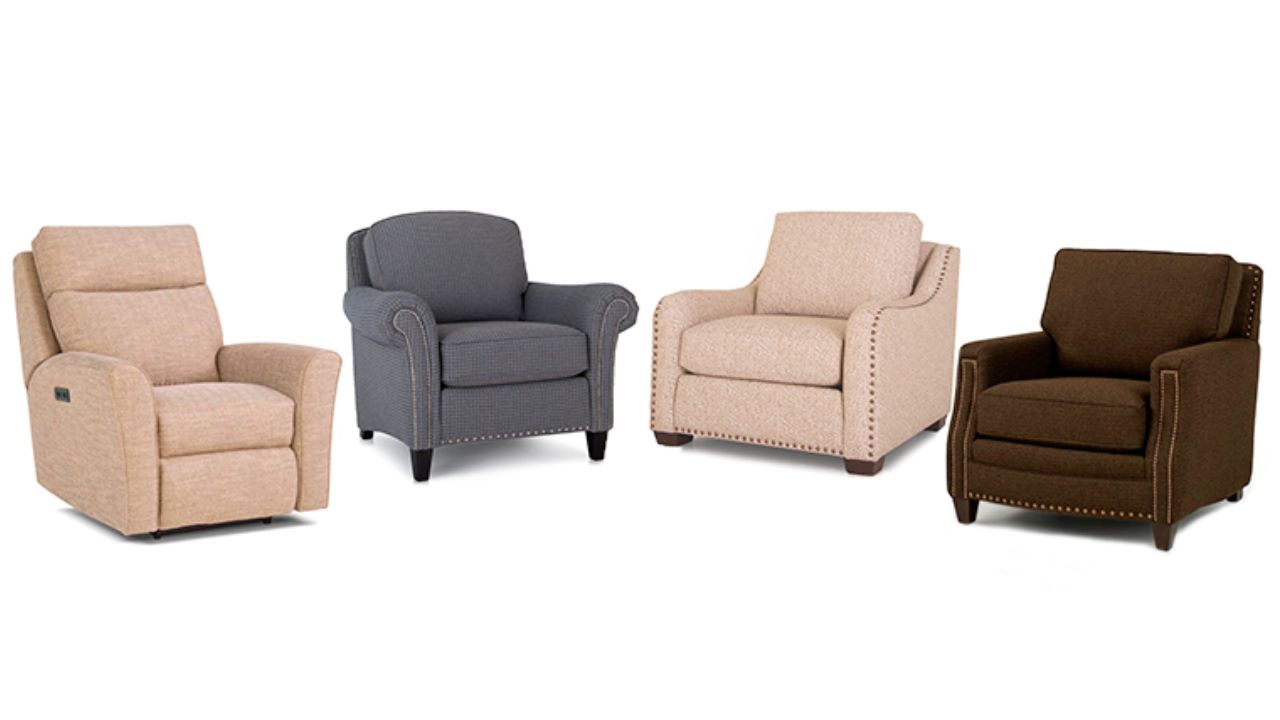
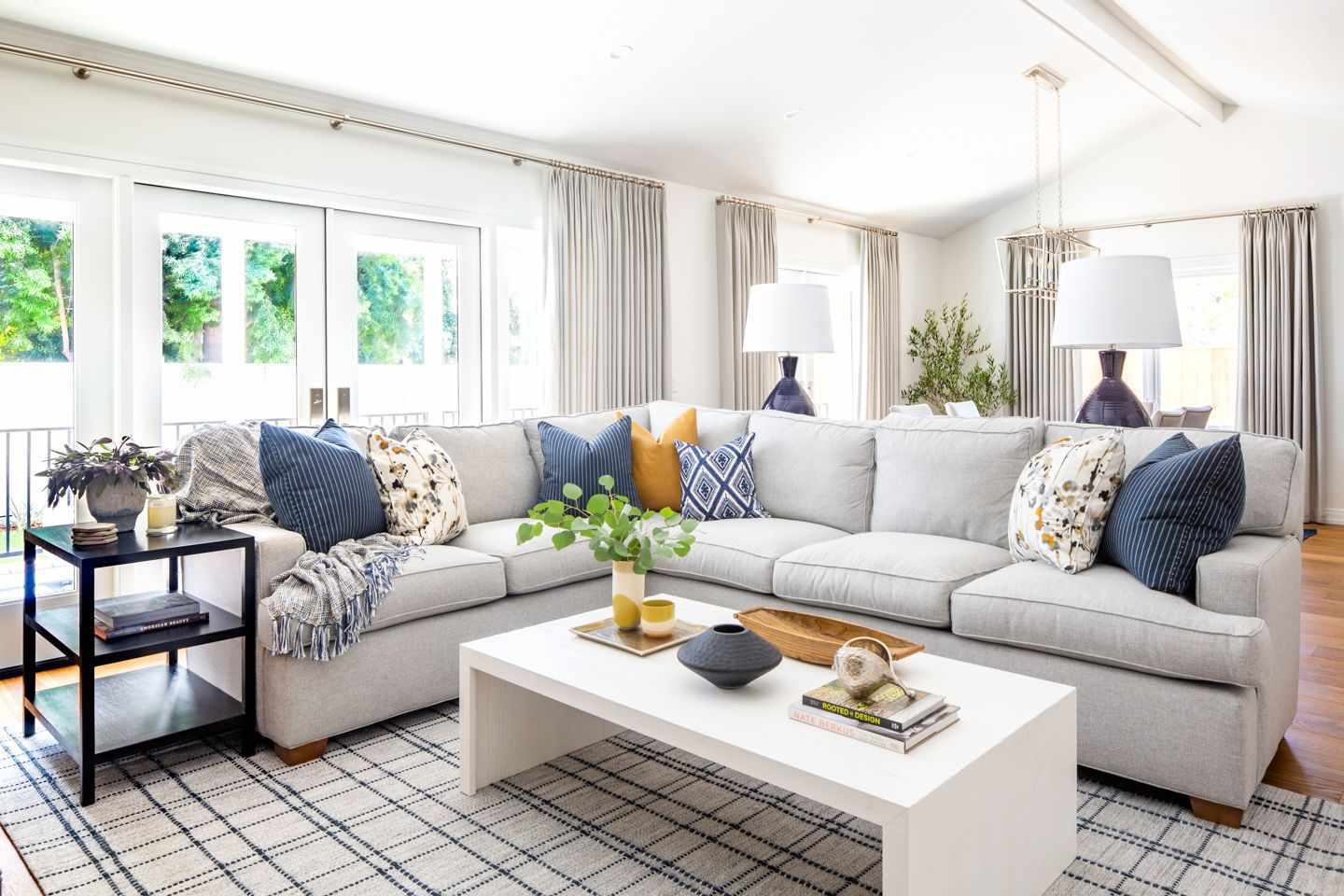
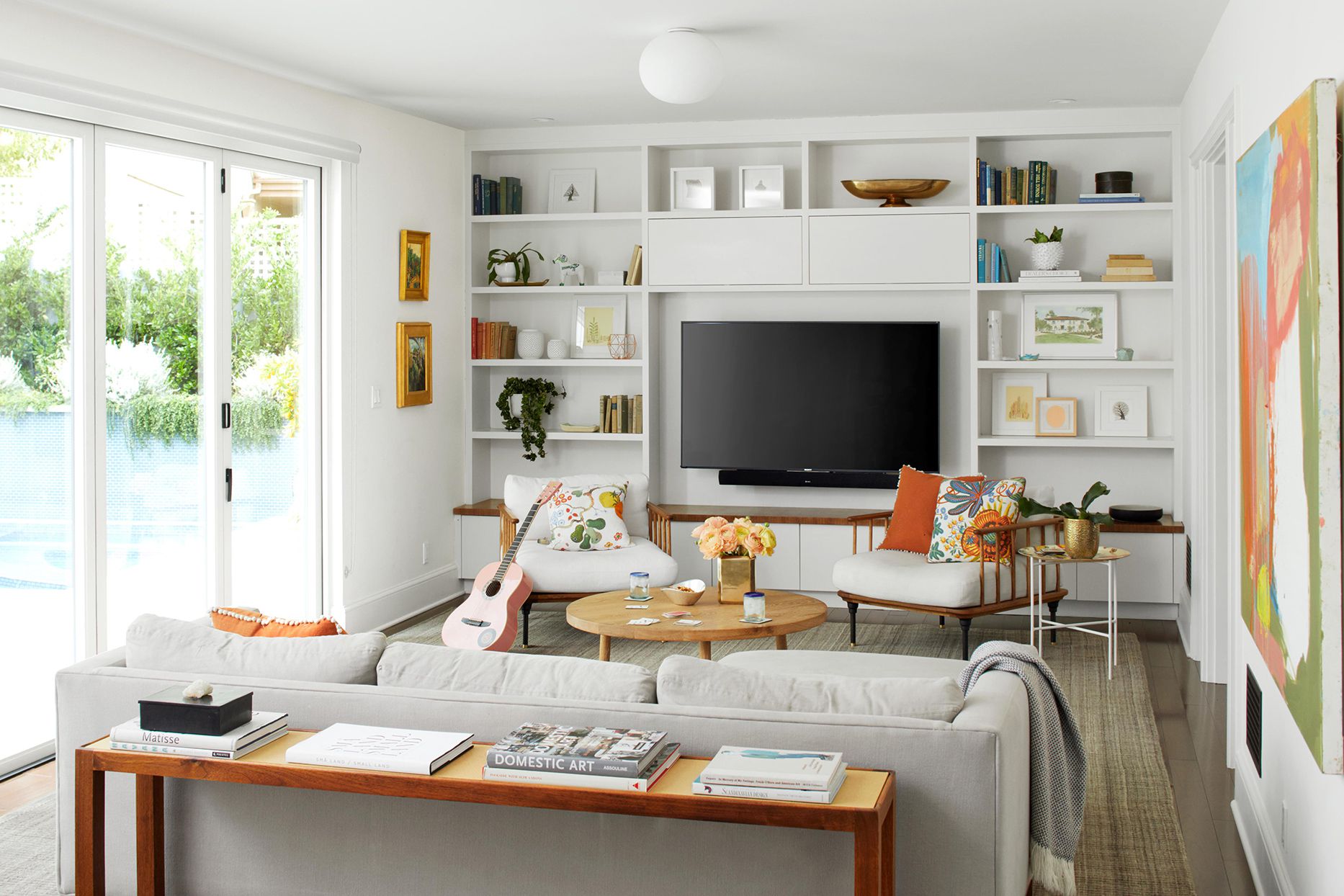
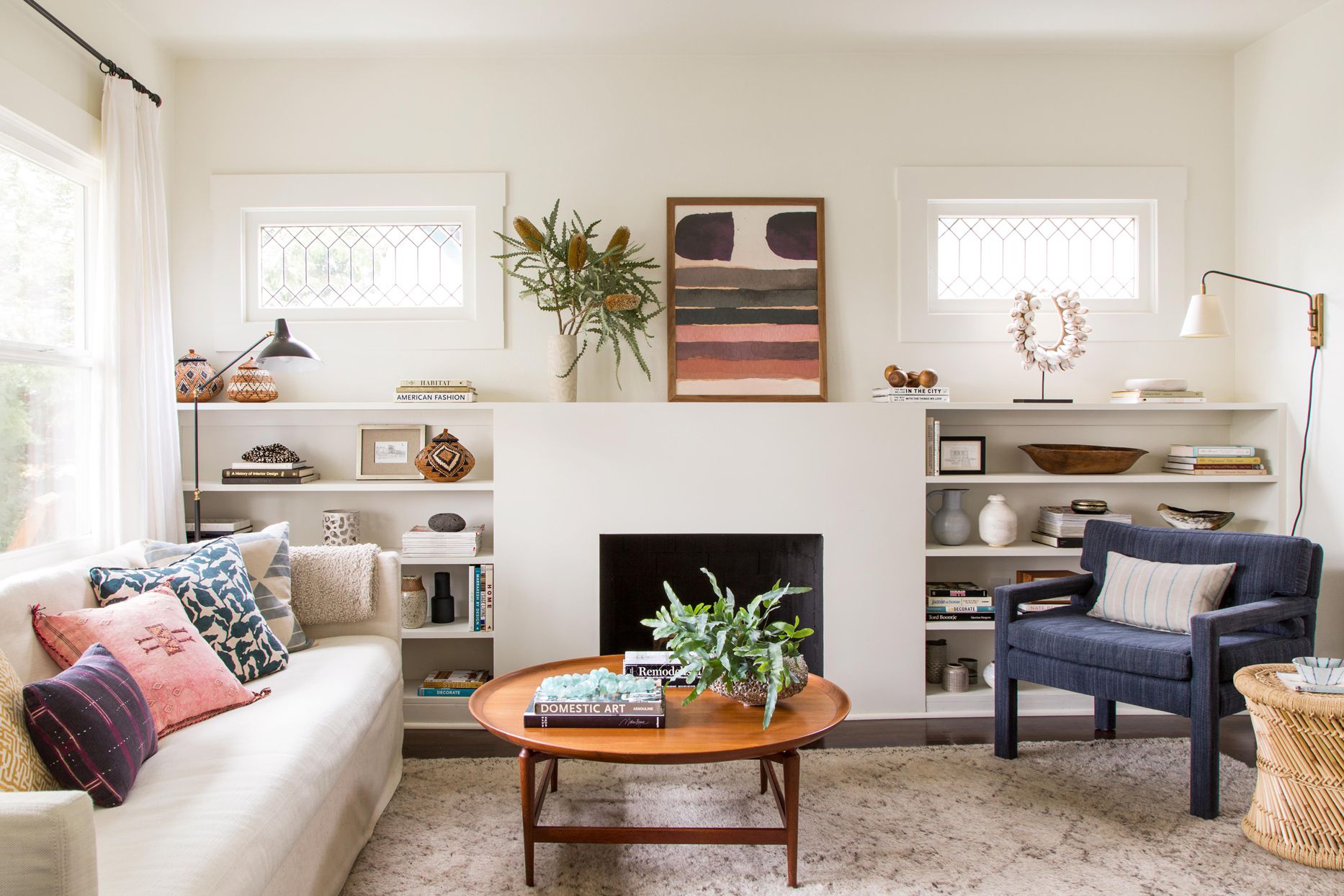
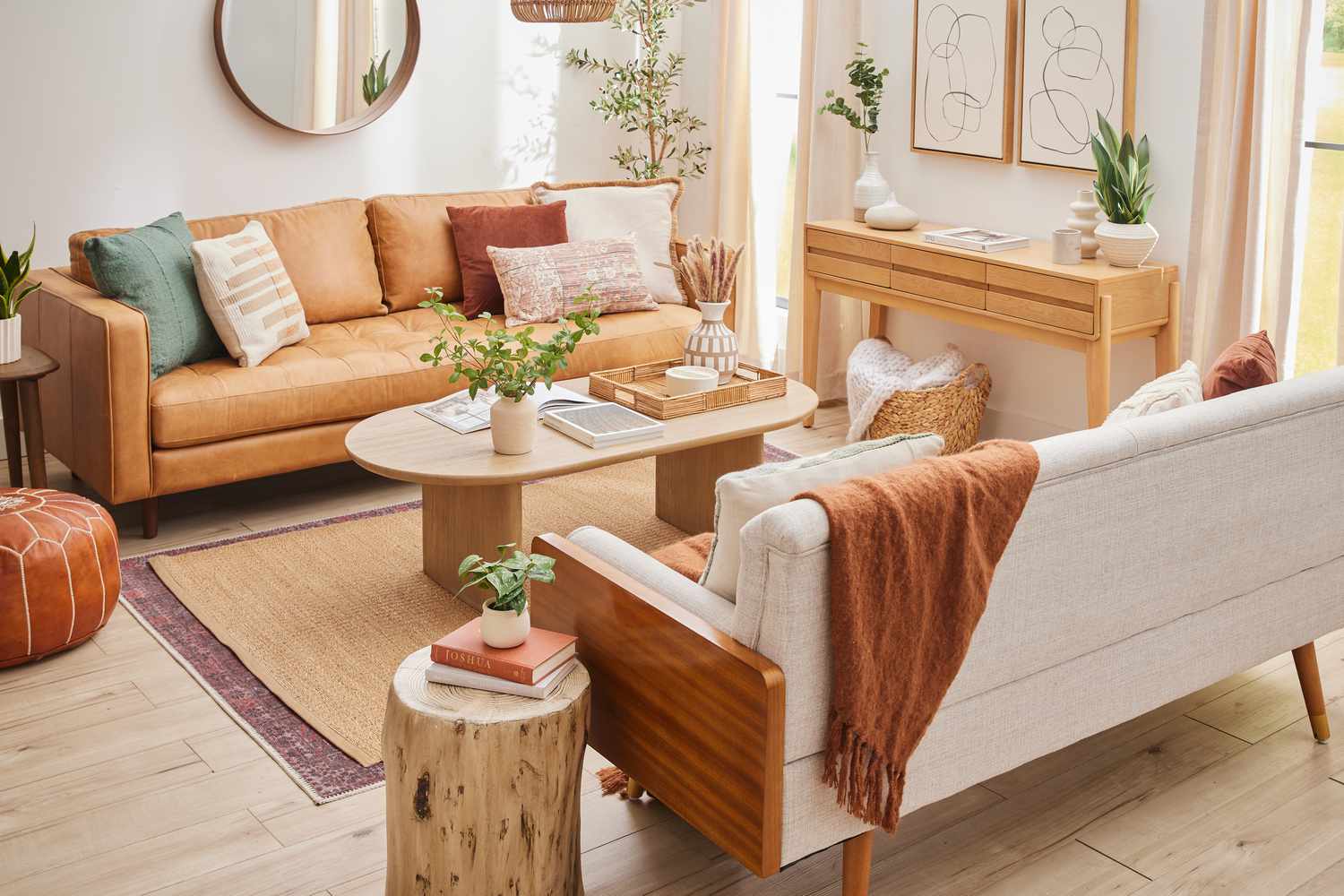
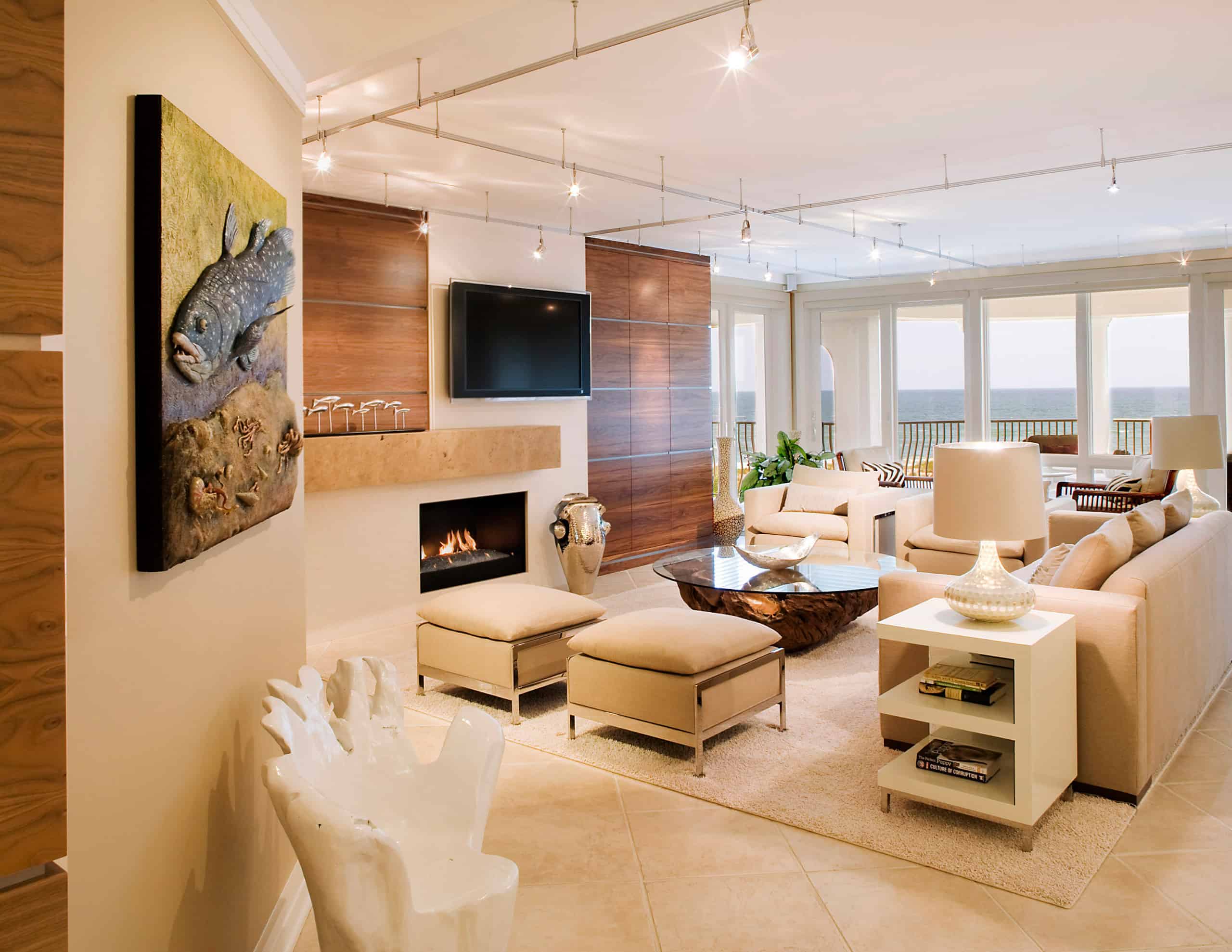
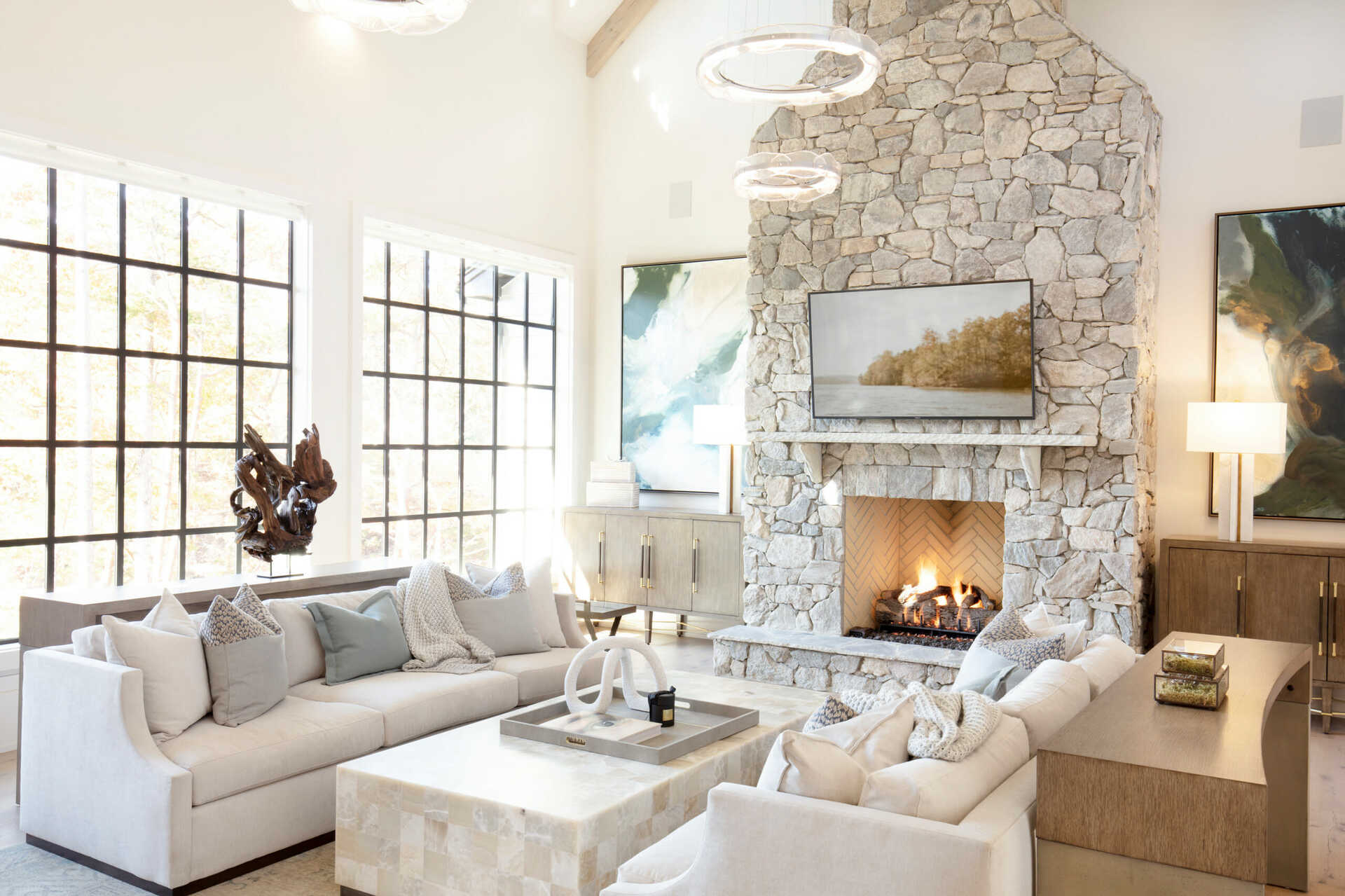
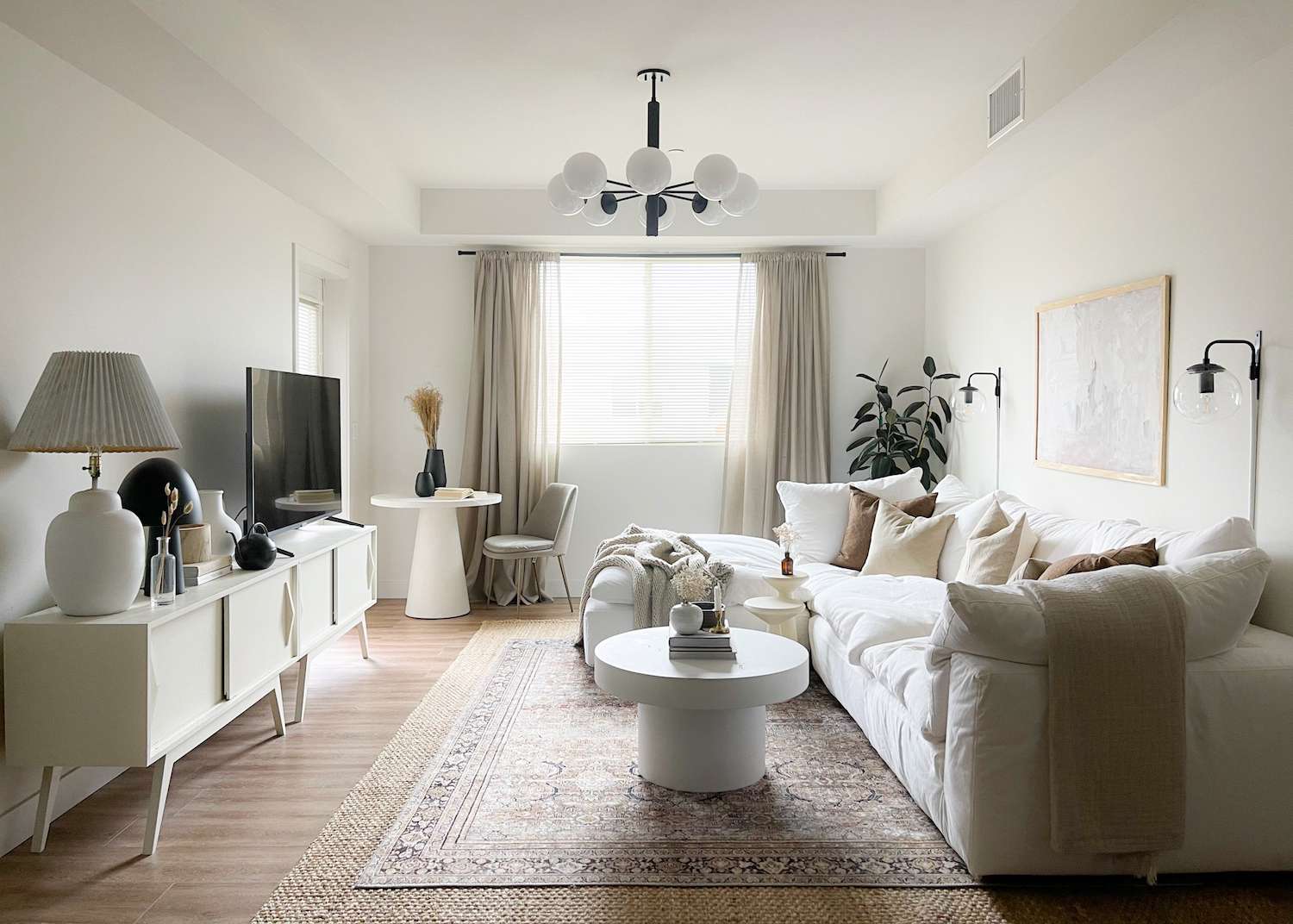
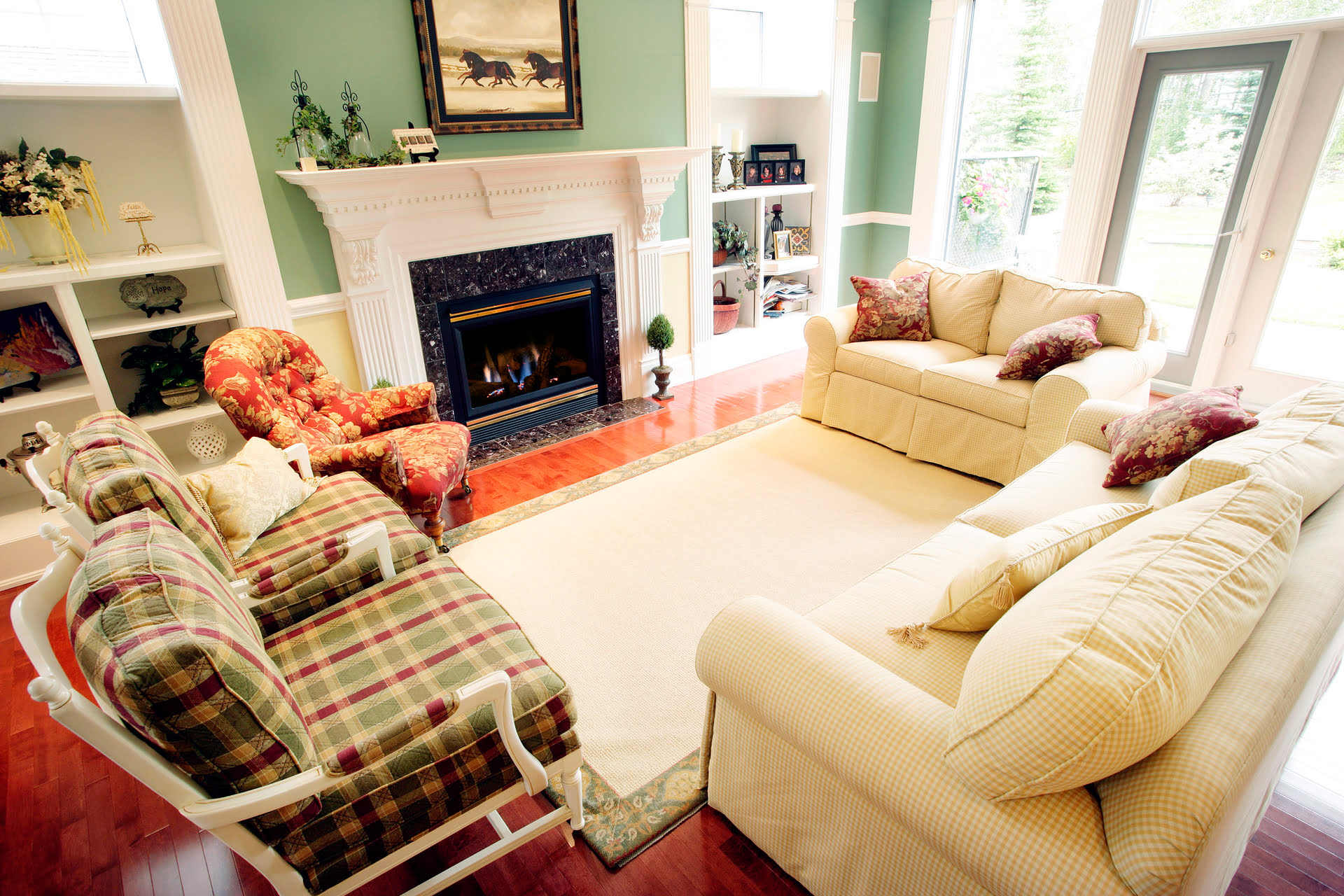
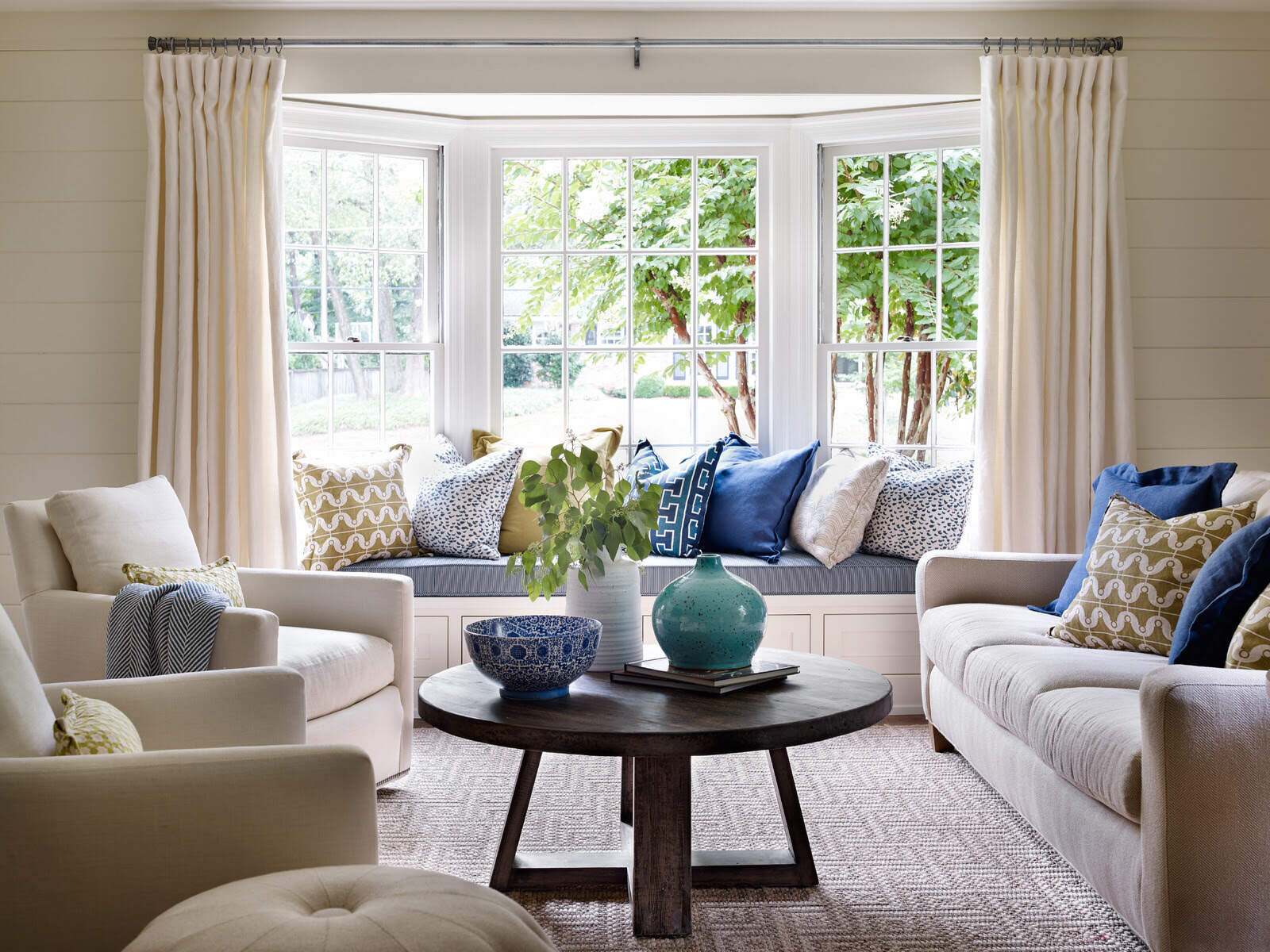
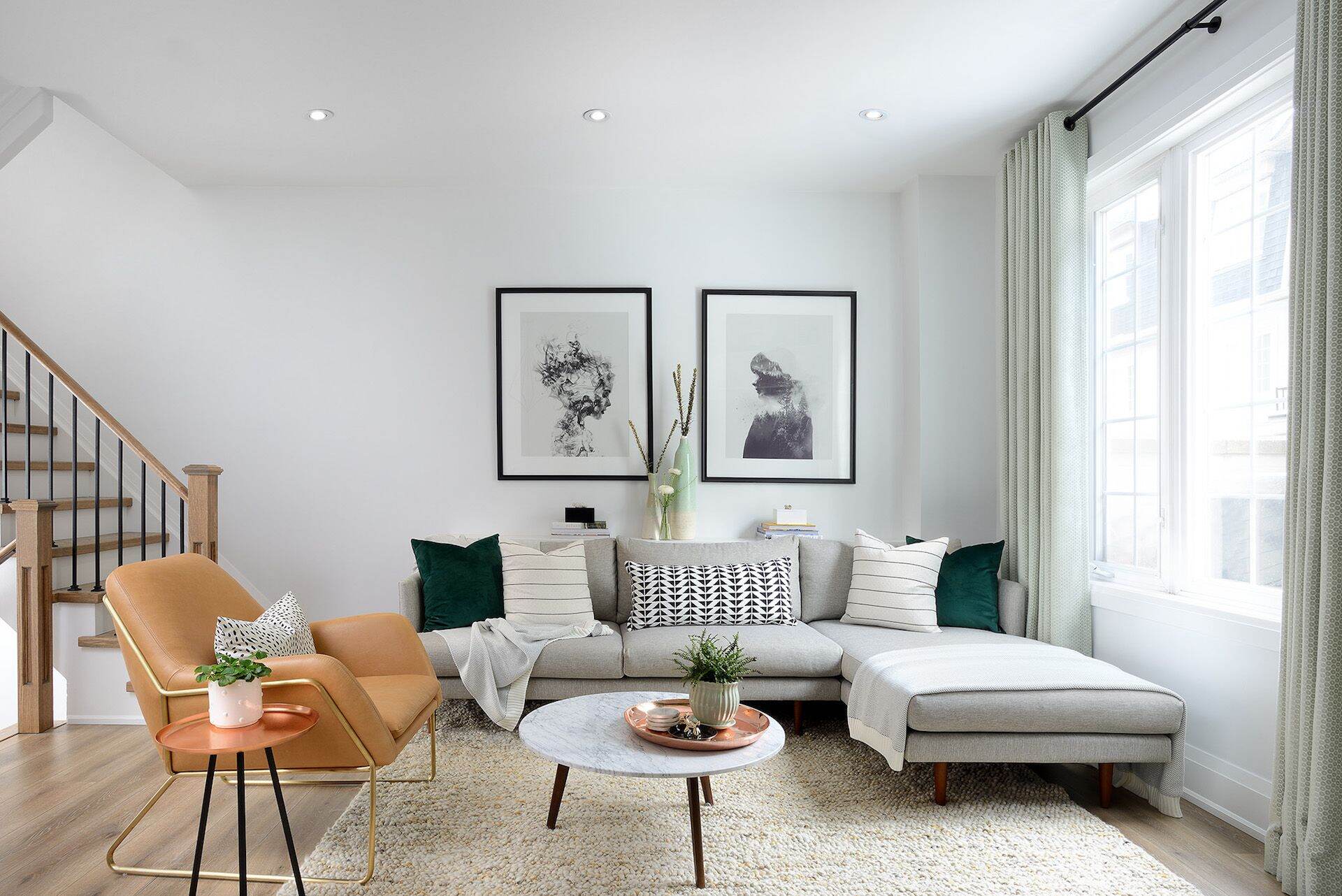

0 thoughts on “How To Arrange A Large Living Room”